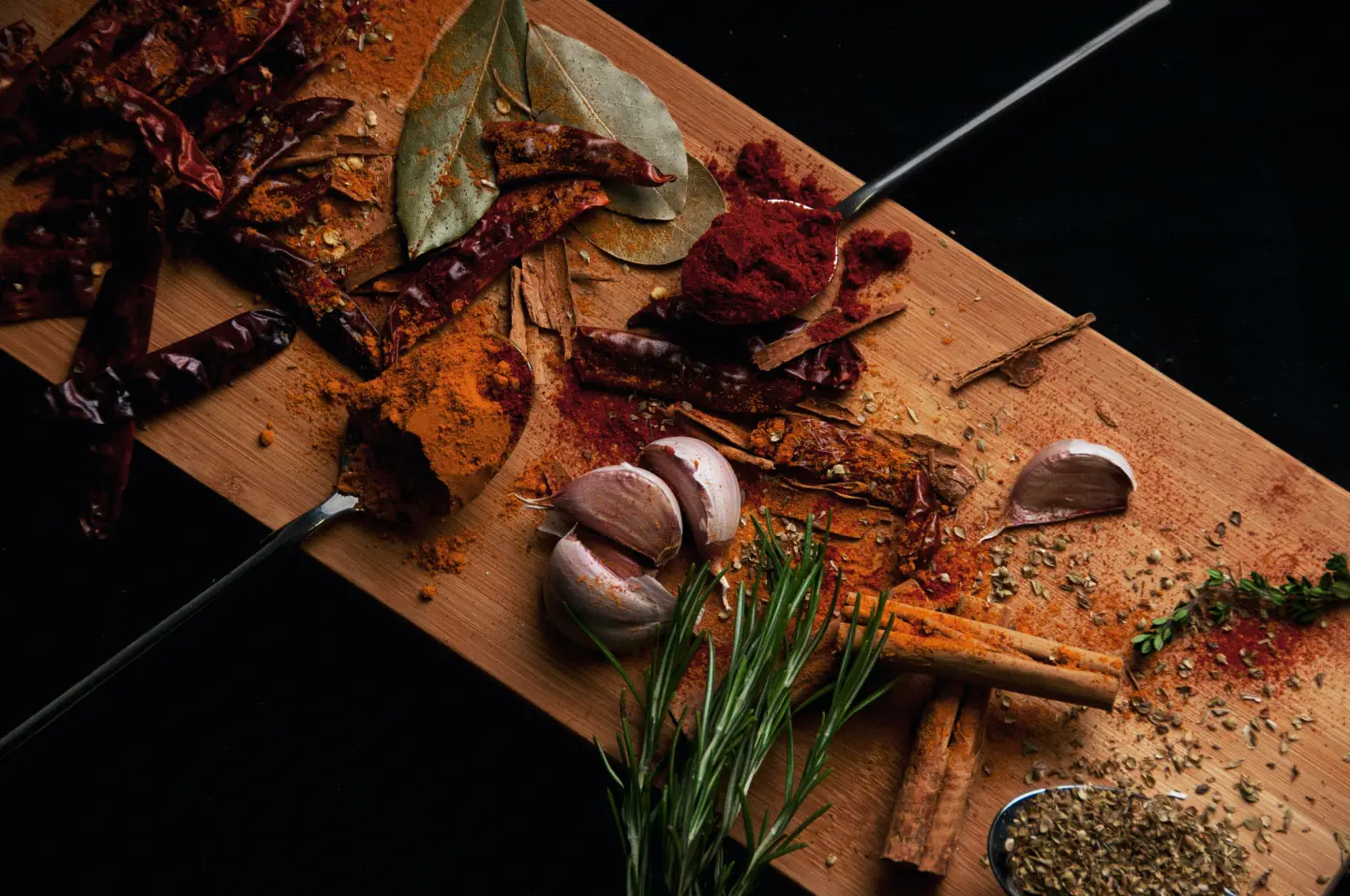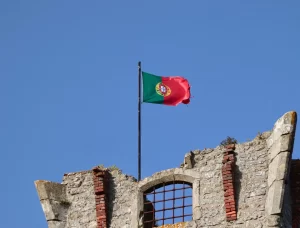Demystifying the History of Portuguese Cuisine: A Journey Through Flavors and Influences
Introduction
Portuguese cooking combines elements from its long history, the Moorish occupation of the region, the Age of Exploration, and contemporary culinary trends to create a delightful tapestry of flavors. Portuguese cuisine has a distinct identity that has been shaped by geography, historical events, and a wide range of influences, as this journey through its history reveals.
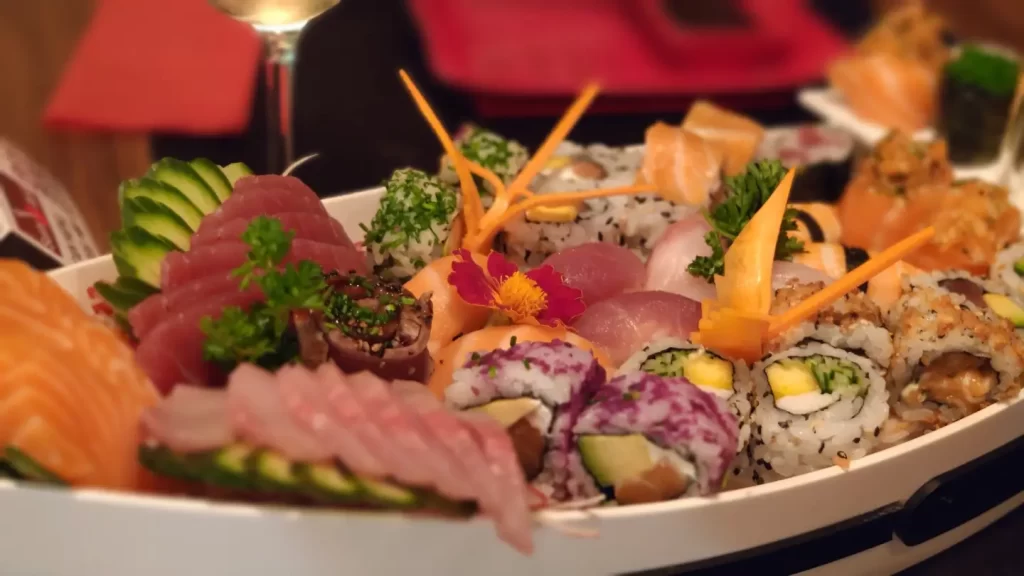
Ancient Roots
Pre-Roman Influences
Portuguese cuisine traces its origins to pre-Roman times when Lusitanian tribes cultivated local ingredients and employed unique cooking methods. The use of honey, wild game, and indigenous plants reflected the simplicity of early culinary traditions.
Roman Occupation
The Roman occupation introduced a culinary revolution, bringing olive oil, grapes for winemaking, and innovative cooking techniques. The impact of Roman influence is still evident in Portugal’s love for wine and olive oil.
Visigoth Rule
The Visigoth rule further enriched Portuguese cuisine with the use of spices and herbs. During this period she laid the foundation for the aromatic and flavorful dishes that continue to define Portuguese cooking.
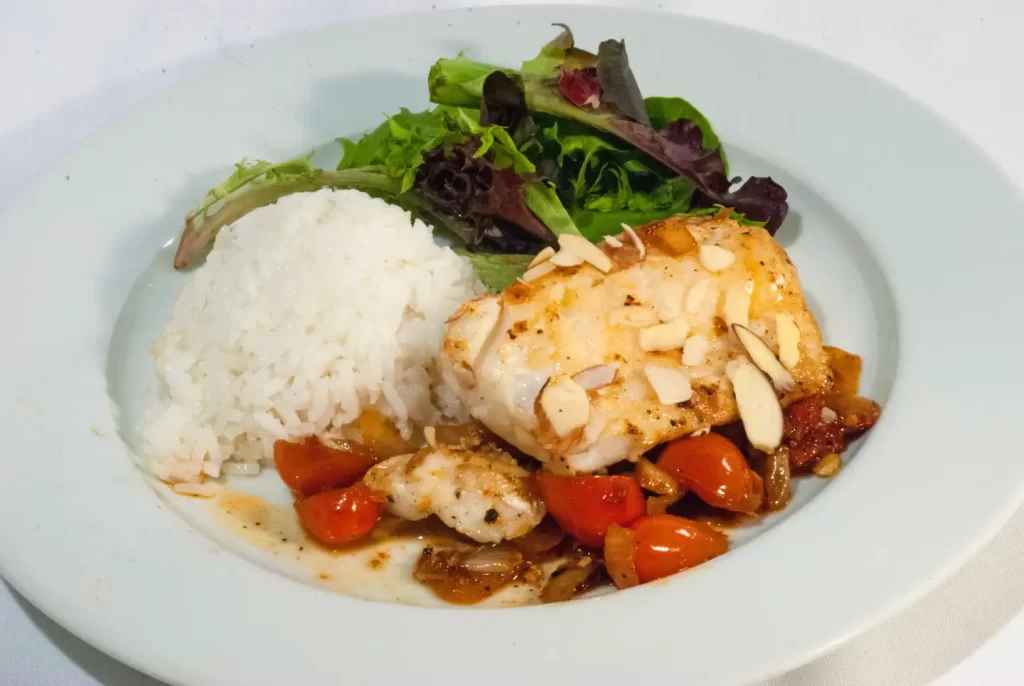
Moorish Influence
The Moorish occupation of Portugal from the 8th to the 12th centuries left an indelible mark on the country’s cuisine.
Introduction of Ingredients
Moorish influence introduced exotic ingredients like almonds, rice, and citrus fruits. These ingredients were permanently found in Portuguese culinary creations such as cataplana and arroz de marisco.
Culinary Techniques
Moorish cooking techniques, including stewing and slow cooking, became integral to traditional Portuguese dishes, contributing to the rich and diverse flavors we savor today.
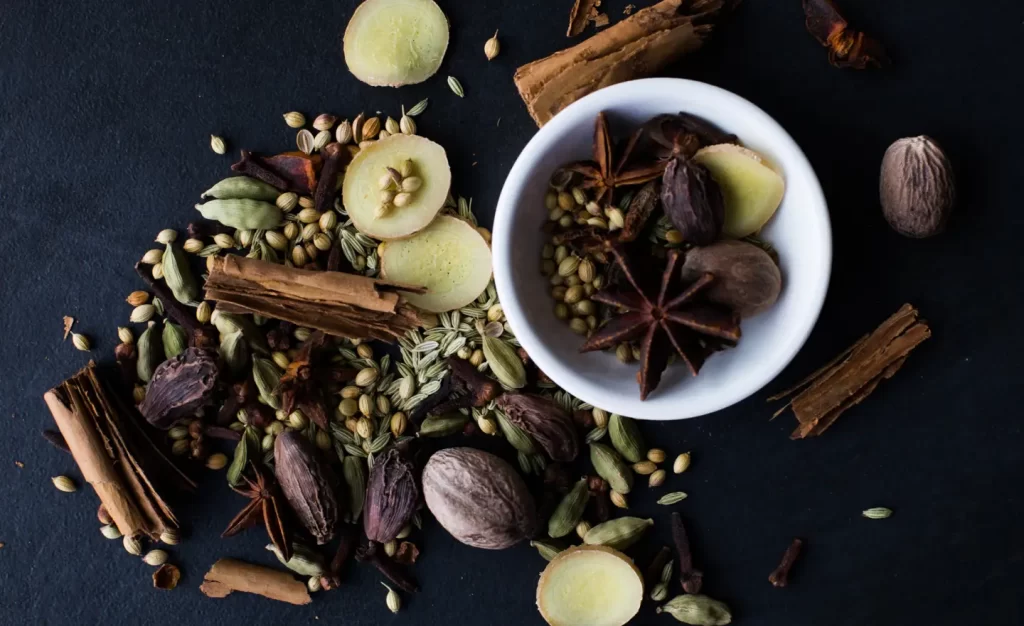
Age of Exploration
New Ingredients and Flavors
Portugal’s Age of Exploration in the 15th to 17th centuries opened up a world of flavors. Spices like nutmeg, cinnamon, and cloves were brought back, transforming the culinary landscape.
Global Influences
The exploration led to the incorporation of Indian, African, and Brazilian ingredients into Portuguese cuisine, creating a fusion of flavors that enriched regional dishes.
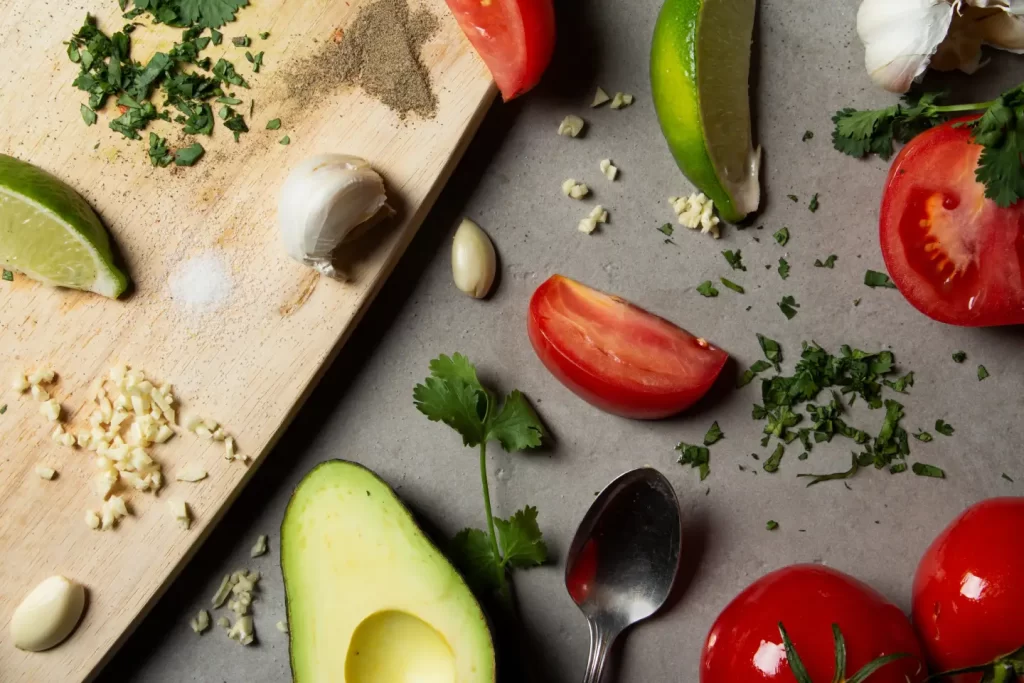
Defining Portuguese Cuisine
Culinary Identity Emerges
The 17th and 18th centuries marked the emergence of a distinct Portuguese culinary identity. The emphasis on fresh, local ingredients and simple cooking methods became the hallmark of Portuguese gastronomy.
Key Staples
Codfish, olive oil, garlic, coriander, and piri piri sauce became staples, forming the foundation of many beloved Portuguese dishes.
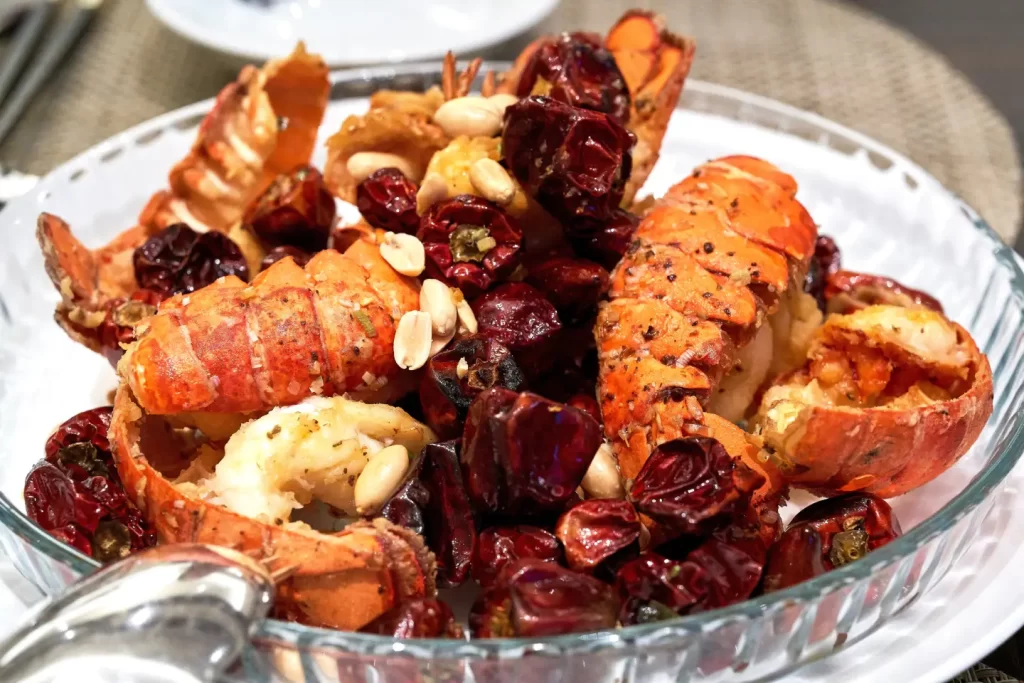
Regional Variations
Diverse Culinary Traditions
Portugal’s diverse regions boast unique culinary traditions:
- North: Cozido à Portuguesa and francesinha.
- Center: Roasted suckling pig and cheese from Serra da Estrela.
- Alentejo: Migas à alentejana and açorda.
- Algarve: Cataplana and seafood dishes.
- Madeira: Espetada and bolo do caco.
Influences of Geography
Geography and local resources have shaped each region’s culinary identity, offering diverse flavors across the country.
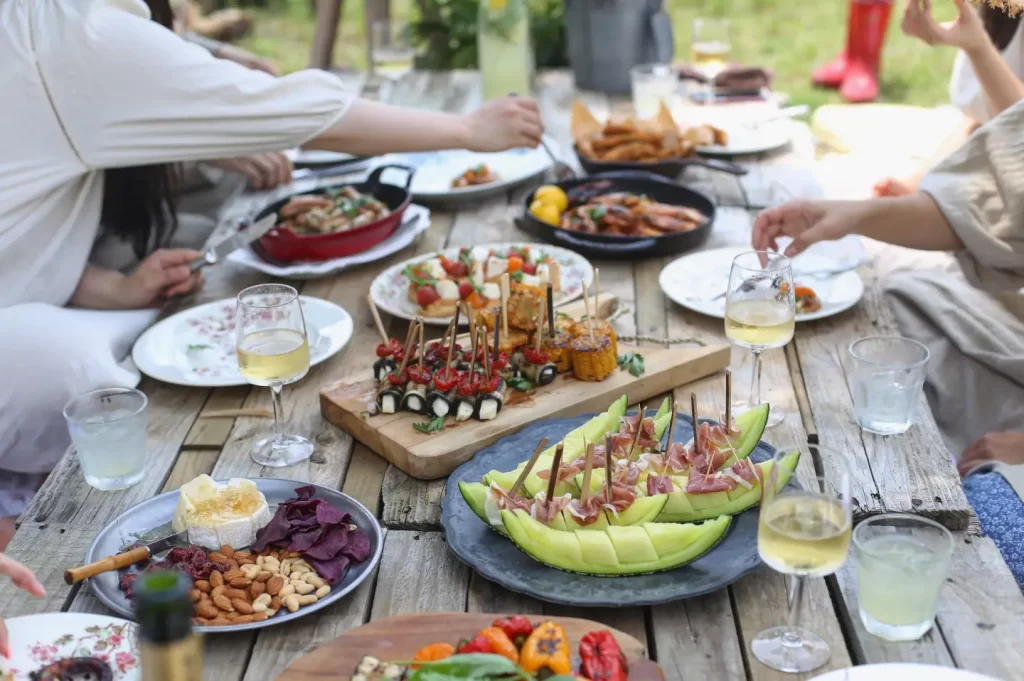
Modern Influences
Evolution of Tradition
Portuguese cuisine continues to evolve, embracing modern influences while honoring tradition. Fusion cuisine and contemporary cooking techniques have found their place alongside time-honored recipes.
Global Culinary Ambassadors
Portuguese chefs and restaurants worldwide play a vital role in promoting the country’s culinary heritage, showcasing the richness of Portuguese flavors to global audiences.
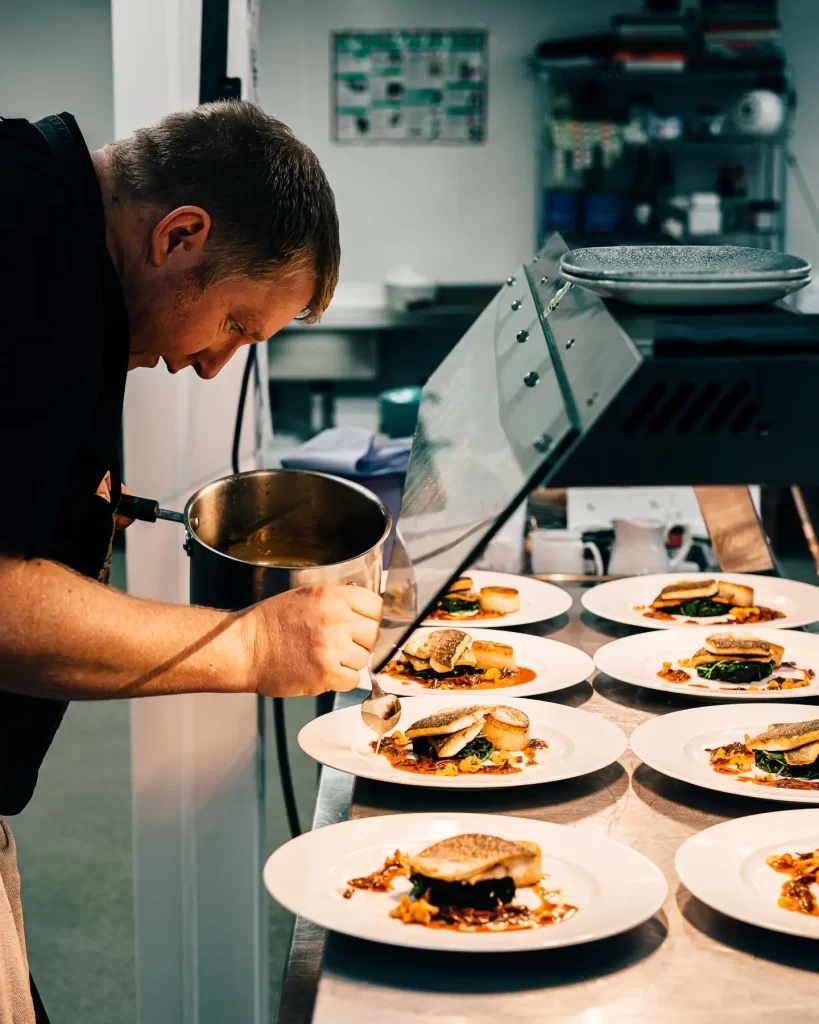
Conclusion
In conclusion, the history of Portuguese cuisine is a captivating tale of resilience, adaptation, and flavor evolution. From ancient roots to modern influences, the culinary journey invites exploration and appreciation for the diverse tastes that define Portugal.
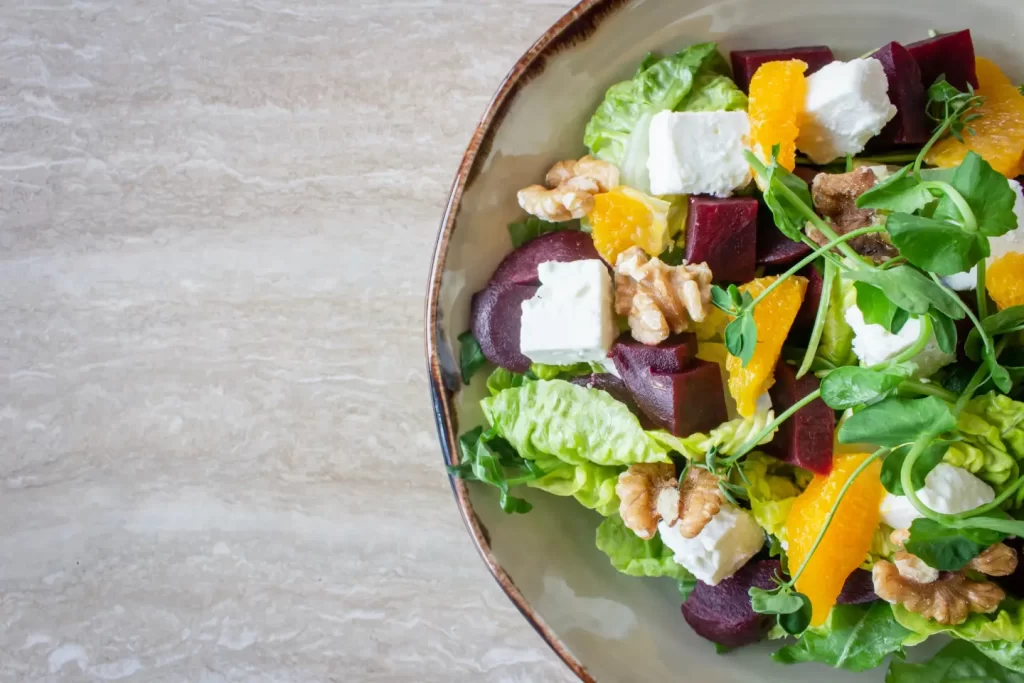
Key Takeaways
- Portuguese cuisine has ancient roots, influenced by Lusitanian tribes and Roman occupation.
- Moorish influence introduced exotic ingredients and cooking techniques still present in modern dishes.
- The Age of Exploration brought global flavors, shaping a distinctive Portuguese culinary identity.
- Regional variations showcase diverse culinary traditions across different parts of Portugal.
- Modern influences include the evolution of tradition and global recognition for Portuguese chefs.
FAQs
Q: What are some key staples in Portuguese cuisine?
Key staples include codfish, olive oil, garlic, coriander, and piri piri sauce, forming the foundation of many traditional dishes.
Q: How did the Moorish occupation influence Portuguese cuisine?
The Moors introduced exotic ingredients like almonds, rice, and citrus fruits, along with cooking techniques such as stewing and slow cooking, influencing many traditional Portuguese dishes.
Q: What regional dishes should I try in Portugal?
Each region offers unique culinary delights. In the North, try cozido à Portuguesa and francesinha; in the Center, savor roasted suckling pig and cheese from Serra da Estrela. Explore migas à alentejana in Alentejo, cataplana in Algarve, and espada and bolo do caco in Madeira.
Q: How has Portuguese cuisine evolved in the modern era?
Portuguese cuisine continues to evolve with the embrace of modern influences, including fusion cuisine and contemporary cooking techniques. Globally recognized Portuguese chefs contribute to the promotion of the country’s culinary heritage.
Rekindling Portugal’s Story with Every Azulejo! Let’s dive deeper into sun-kissed squares and whispered tales, where ancient art sings the soul of a nation here.

